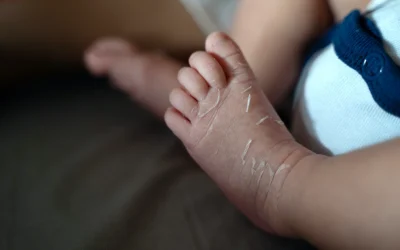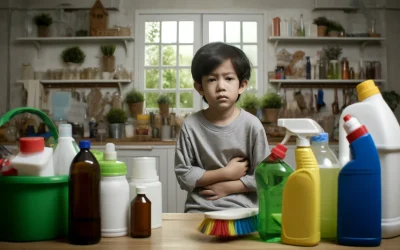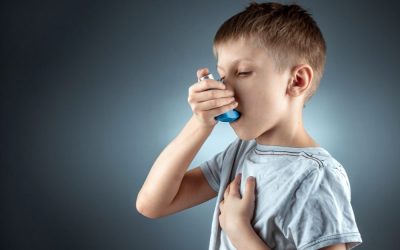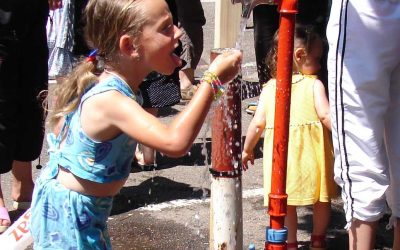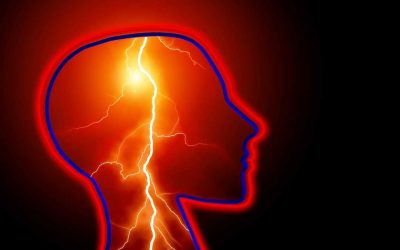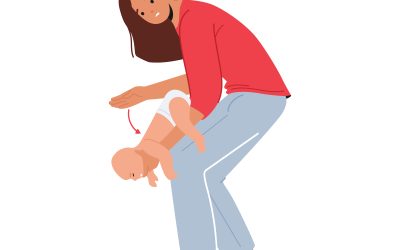Burns are one of the most common injuries in children and can range from mild to very severe. Prompt and appropriate response to burns can significantly affect the outcome of the injury. In this text, we will explore the causes, assessment, treatment, and prevention...
Pediatrics
Diagnostic Procedures for Poisoning in Children
Diagnosing poisoning in children requires a prompt and precise approach to identify the cause and initiate appropriate treatment. Here are the steps typically involved in the diagnostic procedure for poisoning in children: Medical History (Anamnesis) Identification of...
Poisoning in Children: A Detailed Guide
Poisoning in children is a serious problem that can arise from various sources, such as household chemicals, medications, plants, and food. Here is a detailed overview of the most common causes, symptoms, and first aid measures for poisoning in children. Common Causes...
Characteristics of difficult breathing in children
Difficult breathing in children can be a sign of various issues and requires careful evaluation by a healthcare professional. The characteristics of difficult breathing in children may vary depending on the cause, but they can include the following: Retractions:...
Drowning in children
Drowning is one of the leading causes of death in children. The highest-risk groups are children under the age of five and males aged 15 to 19. What is Drowning? Drowning is defined as an event that occurs due to submersion in a liquid medium, resulting in respiratory...
Hyperthermia in children
Children are at high risk for temperature-related disorders in hot environments. This can range from mild heat exhaustion to severe, potentially fatal heat stroke. Infants and young children are particularly vulnerable because of their underdeveloped thermoregulatory...
Convulsions
Convulsions that occur in children, usually between six months and five years of age, are associated with a high fever but not caused by an acute infection of the central nervous system. A sudden rise in body temperature, often due to upper respiratory or...
Airway obstruction
Obstruction of the airways by a foreign body in children often occurs. It usually happens during feeding or play. Suspect airway obstruction if you witness the event or if symptoms such as coughing, choking or vomiting suddenly appear. In such a situation, it is best...
Recognition of a life-threatening child 2
Breathing assessment includes: Breathing rate Tidal volume Breathing effort (use of accessory respiratory muscles) Oxygenation Breathing efficiency (symmetry of chest lift) Rapid breathing in children at rest can be caused by: Respiratory problems Lung problems...

